4000 vs 1000 Hz Polling Rate
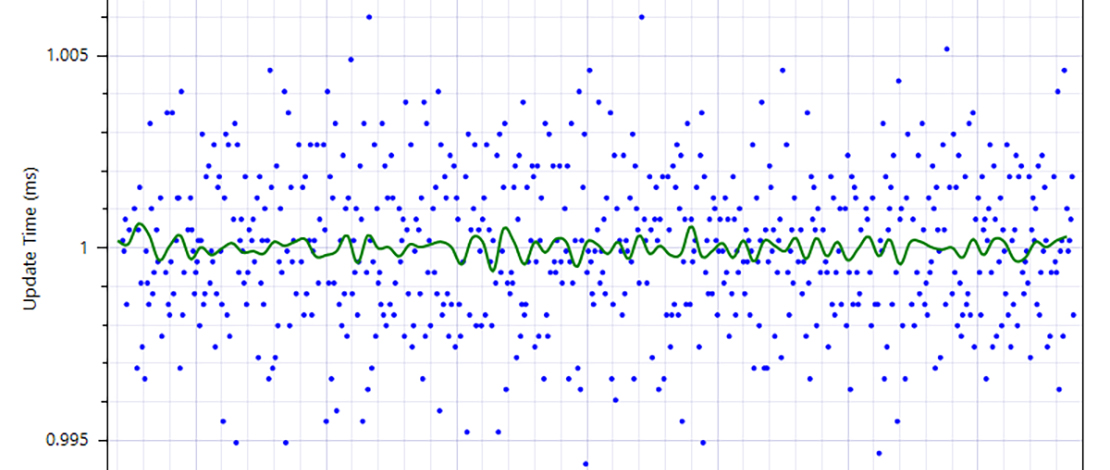
For quite a while 1000 Hz polling rate was considered top-notch performance in gaming mice since the mouse was picking up twice as much information as 500 Hz mice. This doubling in information being sent to the PC meant a smoother more precise experience that allowed you to click on heads faster.
Nowadays the new standard for gaming mice is 4000 Hz (8K Hz mice are already out but currently the next market move is 4K) and most new releases or planned releases will come out with this performance target in mind.
Benefits
4K Hz represents a quadruple improvement from 1000 Hz since the mouse now polls 4x the information and sends 4x more data to your PC. What this means is that your mouse movements are now even more precise and fluid allowing you to express the full extent of your aiming skills.
In tracking you will notice that you can follow your targets with a higher degree of precision and will be able to micro-adjust more depending on their movement. Flicks will also feel faster but might require more control to land where you want them to be.
In short, with a capable system, good mouse control, and a monitor that is 240+Hz your aim will feel the best it has ever been since now all the small adjustments and corrections you make while aiming will be converted correctly into in-game actions.
Requirements
Compared to 1000 Hz running 4000 Hz polling rate is a bit more tricky and comes with certain aspects you need to be ready to face if you want to make full use of the tech.
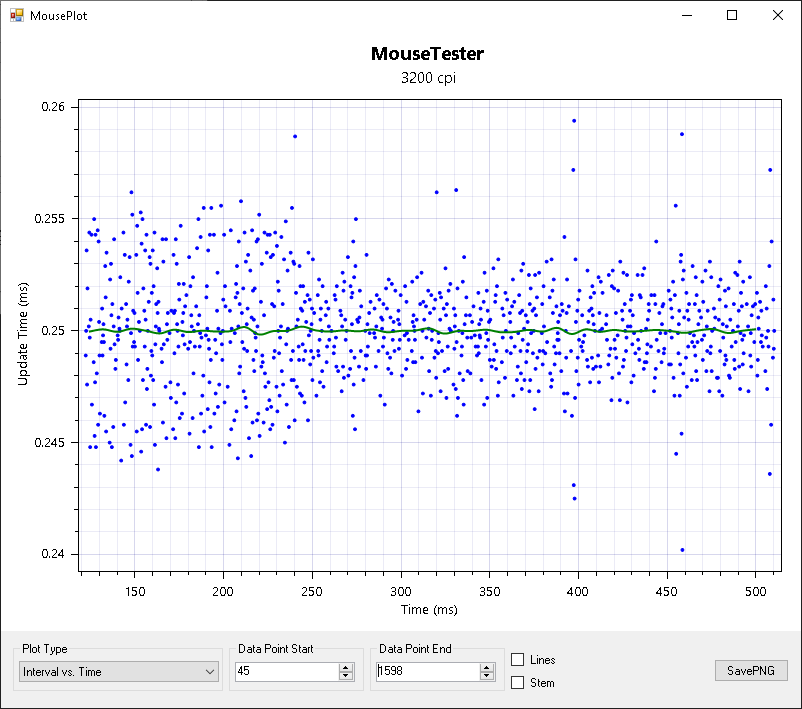
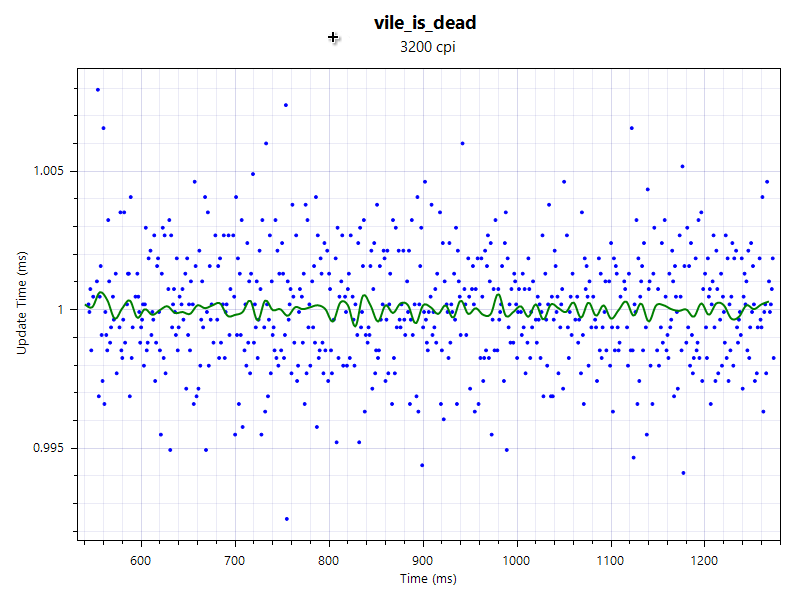
1. To see the difference between a 4000 Hz mouse and a 1000 Hz mouse you will need a monitor that is at least 240Hz. To feel the difference you will need to have good mouse control and have good aim. If you have a lower Hz monitor and you are middle of the pack at best when it comes to aiming, 4000 Hz will make no difference to you (although it is still technically better).
2. You will also need to tune your PC (power plan, BCD commands, overclocking your parts, etc) and have capable hardware because running a stable 4000 Hz polling rate is quite taxing for the CPU. In a lot of cases, even capable hardware that is running a bloated Windows installation will still run poorly. Running a custom ISO at this point is either highly encouraged or mandatory to have a proper 4K Hz experience.
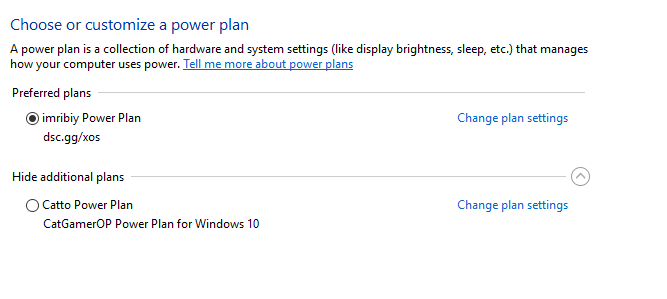
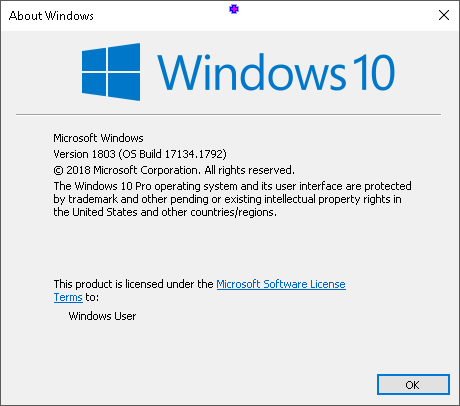
3. Sometimes even though you have prepared everything correctly, if the game you play uses an older engine you might also experience troubles since the game itself does not support high polling rate mice resulting in stutters and dropped FPS.
4. To properly saturate 4K Hz you will also have to swap to a higher DPI 1600-3200-6400. Although you can still stick to the 400-800 range you will sacrifice some of the performance since you will be polling at 2000-3000 Hz max.
5. 4K Hz is also taxing on the battery in the mouse since the sensor needs to work 4x the amount. Be ready to charge your mouse a lot more often compared to a standard 1000 Hz mouse.
6. 4K Hz mice will be more expensive since these will be the newest tech.
Conclusion
Running 1000 Hz mice is painless and requires little to no preparation. By comparison, if you want to make full use of a 4K Hz mouse you need to have good hardware that is tuned well for it to work at max performance and stability. Moreover, you need to be good enough to make use of the extra data being sent by your mouse.
If you have good aim, good hardware, and are ready to spend more money on what is the top-end tech right now so you can farm people in your games, then 4K is absolutely worth it for you. If you are on the casual side, play single-player games, and are not necessarily tech-savvy, 4000 Hz might not be a smart investment.